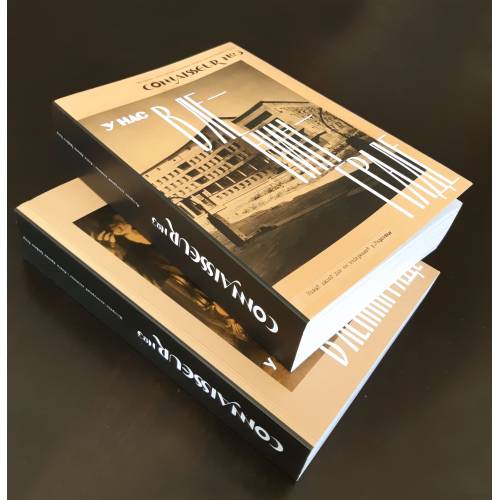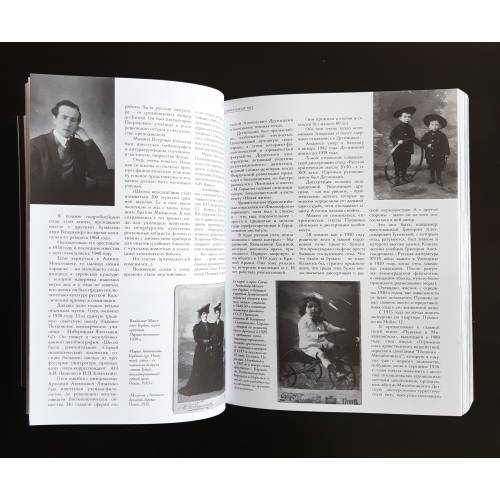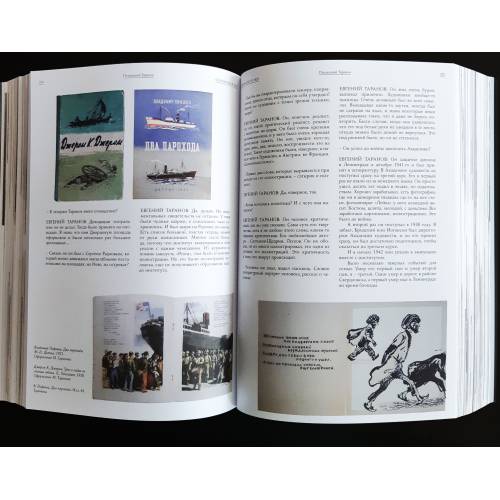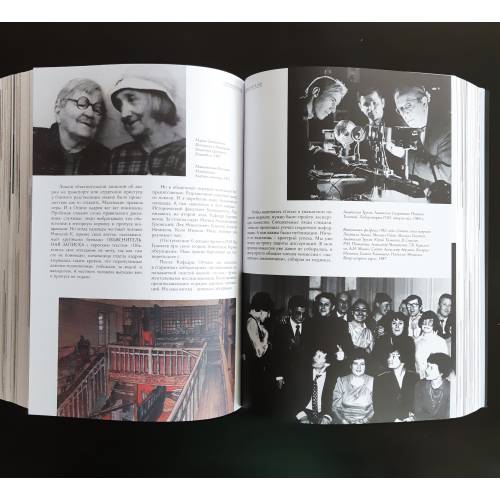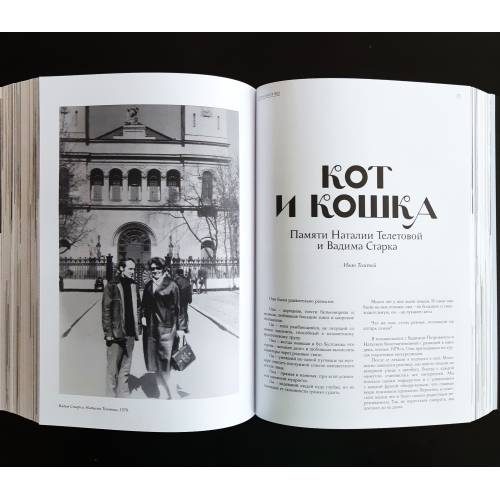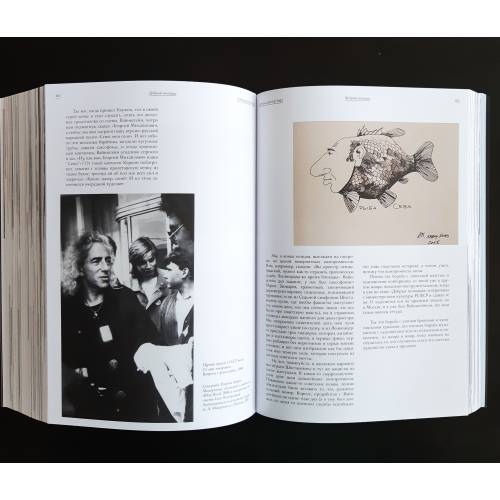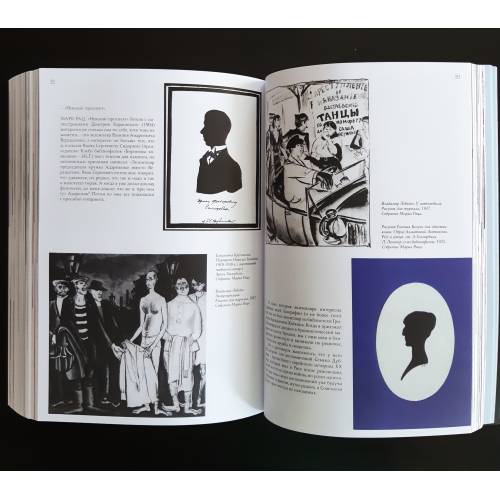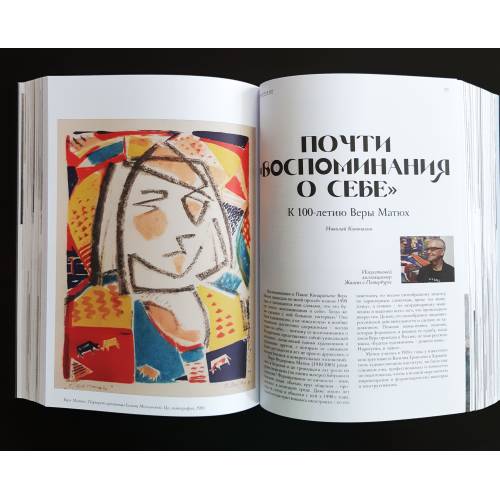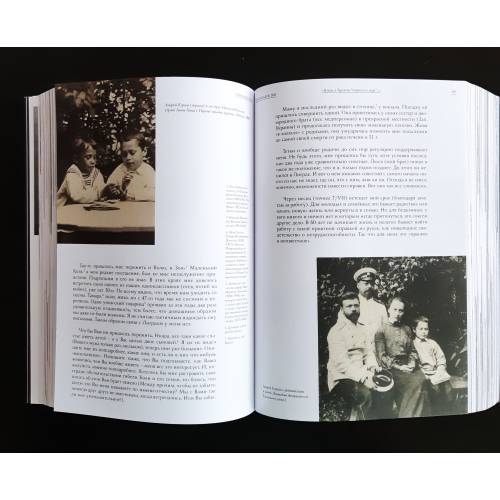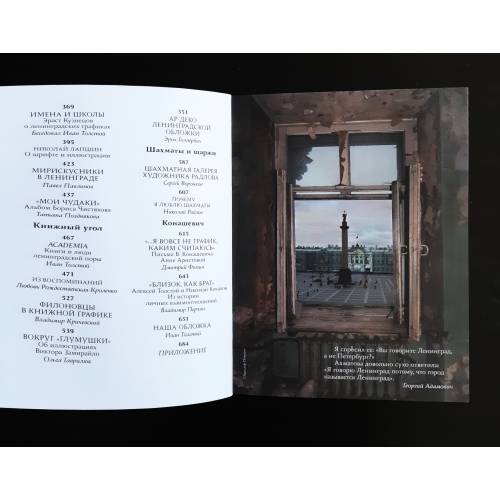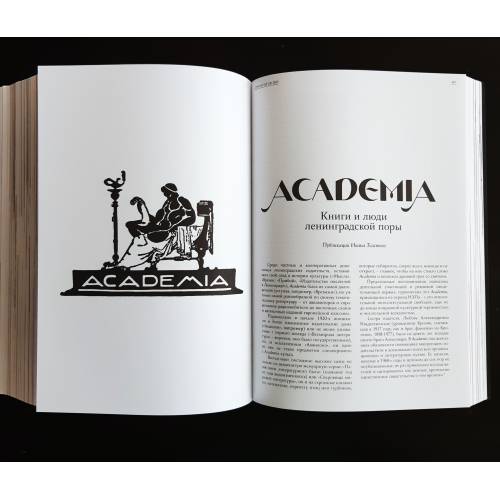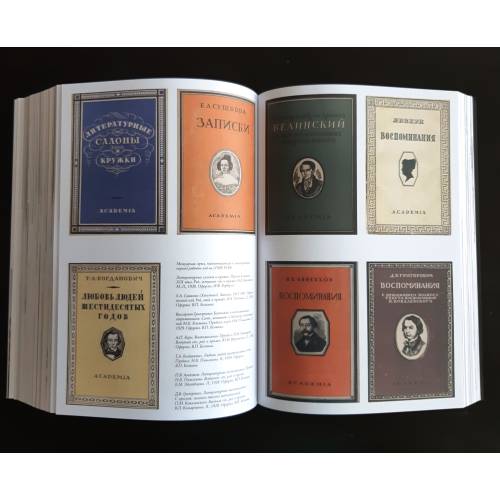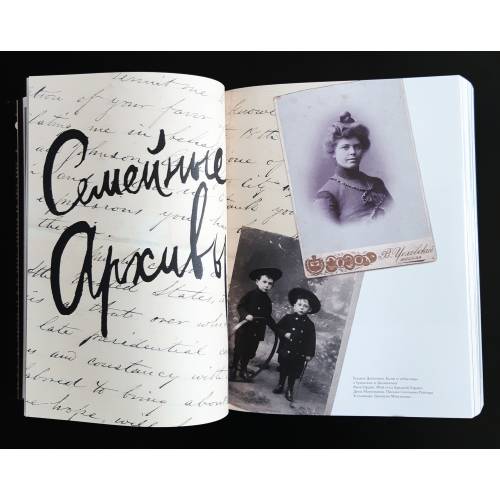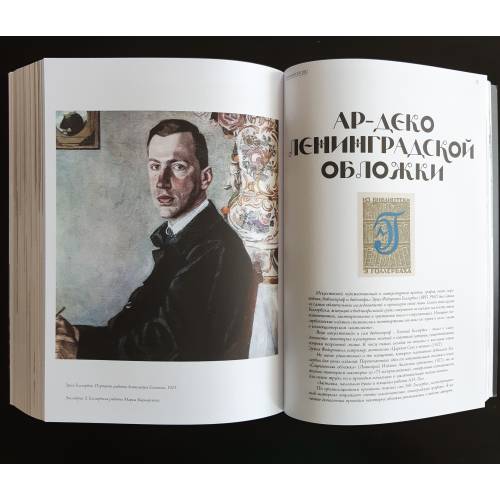Историко-культурный альманах CONNAISSEUR №3 2022 (в 2 томах)
Faça login para que possamos notificá-lo sobre uma resposta
Новый выпуск историко-культурного альманаха Connaisseur посвящен ленинградским годам петербургской культуры, 1924-1991.
Неизвестные страницы прошлого, драматические судьбы, семейные истории.
Это не официальная жизнь, не история учреждений, это рассказы о самостоянии человека вопреки всему в невыносимых условиях ХХ века, портреты людей культуры и науки, сохранивших свой труд и свой дар.
В номере:
• Засада в комнате Гумилева
• Шутки русских востоковедов
• Рисунки Н.Лапшина к «Книге Марко Поло» побеждают в Нью-Йорке
• Как громили довоенных библиофилов
• Золотой век ленинградской книжной обложки
• Неизвестные письма и графика В. Конашевича
• Ленинградский трамвай: творчество блокадного города
• Джаз как свобода: рассказывают Геннадий Гольштейн и Сева Новгородцев.
Среди авторов номера — архивисты, искусствоведы, историки, литераторы, коллекционеры из Петербурга, Москвы, Берлина, Бостона, Выборга, Иерусалима, Лондона, Мюнхена, Нью-Йорка, Парижа, Праги, Сан-Франциско, Торонто.
Первый полутом охватывает два предвоенных десятилетия.
Второй полутом охватывает блокаду и послевоенные десятилетия.
Составитель и редактор: Иван Толстой
2 тома,
1376 страниц альбомного формата,
2000 рисунков и фотографий,
вес – 4,5 кг
Большая часть фотографий и иллюстраций публикуется впервые.
SUMMARY
The third issue of the historical and cultural almanac Connaisseur is devoted to the period of St. Petersburg’s history when it was known as Leningrad. One of the paradoxes of this era is that despite the political upheavals, its now-Soviet citizens continued to live within the mise-en-scène of days gone by. The historic city stood before their eyes as if nothing had happened – defeated in rhetoric, yet still real and irreplaceable – and they walked around it carrying pain and memories. With ever-growing viciousness, the new authorities tried to cover up the past and cut it off from its inhabitants. The power of memory was therefore necessary to keep Petersburg alive in the middle of Leningrad. These efforts would probably have failed, were it not for the great city itself, which preserved its countenance in almost every way, silently helping those who remained loyal to it.
This spirit of fortitude and professionalism is what Here in Leningrad is about - how, in spite of everything, writers, artists, musicians, scientists, and intellectuals of all ages and walks of life remained faithful to their ideals and principles, to their teachers and students, to their work and their gifts.
Essays by Alexander Goryanin, Natalia Masolikova, Marina Sorokina, and Andrei Ustinov focus on the 1920s, when the city was beginning to get used to its new names and ways of living. Although by this time the Silver Age finally gave way to a new ideology and a new reality, it did not lose its aesthetic charge. Testament to this was the flowering of several creative fields: the Leningrad theater scene ("But This Is a Play!"), book illustration and graphic design (Lyubov Rozhdestvenskaya on the publishing house Academia; an essay by Erich Hollerbach), the emergence of the Leningrad School of art (a conversation with Erast Kuznetsov), outstanding achievements in oriental studies ("In the Land of the Good King Buk") and Pushkin studies (letters by Lev Modzalevsky), as well as chess art ("Radlov's Chess Gallery").
Many members of the World of Art (Mir Iskusstva) movement also continued to connect their fate with post-revolutionary Petrograd/Leningrad (survey by Pavel Pavlinov).
The 1930s had a chilling effect not only on public and political life, but also on the peaceful occupations of Leningrad’s inhabitants: bibliophiles (“My Odd Fellows”), artists (“How We All Perished”), and translators (“Inside a Divided Family”). And, as it goes with revolutions, the chill eventually reached the builders themselves of "heaven on earth” as devoted Bolsheviks became the next victims of political repression (“Our Cover: a History of the House on Karpovka”).
A huge part of the city’s memory-space is occupied by the siege of Leningrad during the Second World War ("Letters of Vladimir Lublinsky", "Konashevich's Apartment Question”, "The Acme of the Siege").
Leningrad is unimaginable without the family archives that were preserved through years of the most brutal persecution ("The Mexican Soap Opera" recounts the story of the Gukovskys and Dolinins; "My Father is a Pushkinist" is a sketch about Arkady Gordin; "Janissaries All Around" presents fragments from Olga Freidenberg's diary; "In Terekty I Renounced the World" pays homage to Andrey Egunov).
New dramas and new disappointments filled the years of the thaw ("My University" by Lyudmila Ageyeva; "The Candle Burned" by Andrei Aryev; "The Hidden Mikhail Taranov" by Evgeny Taranov).
The 1970s are thought of as a time of hopelessness and the beginning of stagnation (“In the Leningrad Circle” by Marina Efimova; “The Last Oberiut” by Sergey Chubrayev; “Creating the Blok Museum” by Natalia Tsendrovskaya; “St. Leningrad” by Viktor Kagan).
The protagonists of this issue include artists (Mstislav Dobuzhinsky, Vladimir Konashevich, Viktor Zamirailo, Nikolai Radlov, Vladimir Shchuko, Olga Hildebrandt-Arbenina, Vera Matyukh, Anatoly Korolev), musicians (Gennady Golshtein, Seva Novgorodtsev, Vitaly Yefimov), photographers (Nina Alovert, Mark Serman, Lev Sherstennikov, Alexander Petrosyan), and collectors (Mark Rats, Andrey Vasiliev, Nikolai Kononikhin).
There is also a recurring character - Nikolai Akimov, theater director, artist, essayist, and one of the wittiest people in town. Connaisseur introduces readers to his portraits, photographs, book designs, sketches of theatre costumes, directorial and pedagogical work (essays by Marina Zabolotnya, conversations with Nina Alovert, Natalia Izbinskaya, and Natalia Kochergina) and loyalty in friendship ("Our Cover").
1376 pages including approximately 2000 photos and illustrations.
Nenhum comentário encontrado

